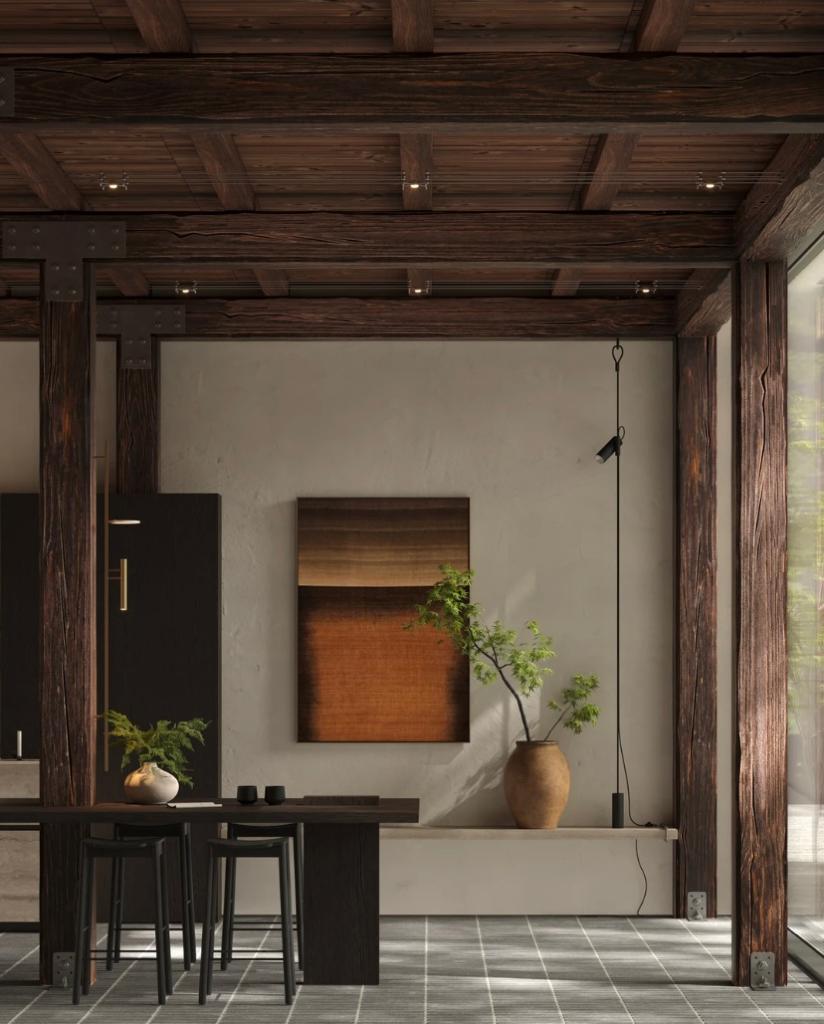
The bridge between tradition and contemporary new ways of thinking, has become a familiar ground of innovative designers and design lovers alike. This tendency of taking inspiration from a long-standing aesthetic approach and adjusting it to modern lifestyles is especially visible in Japanese modernism. Characterized by its emphasis on simplicity, minimalism, and the appreciation for natural materials and craftsmanship; this design style brings out the subtle beauty of Japanese tradition and incorporates it into our modern homes and unique spaces.
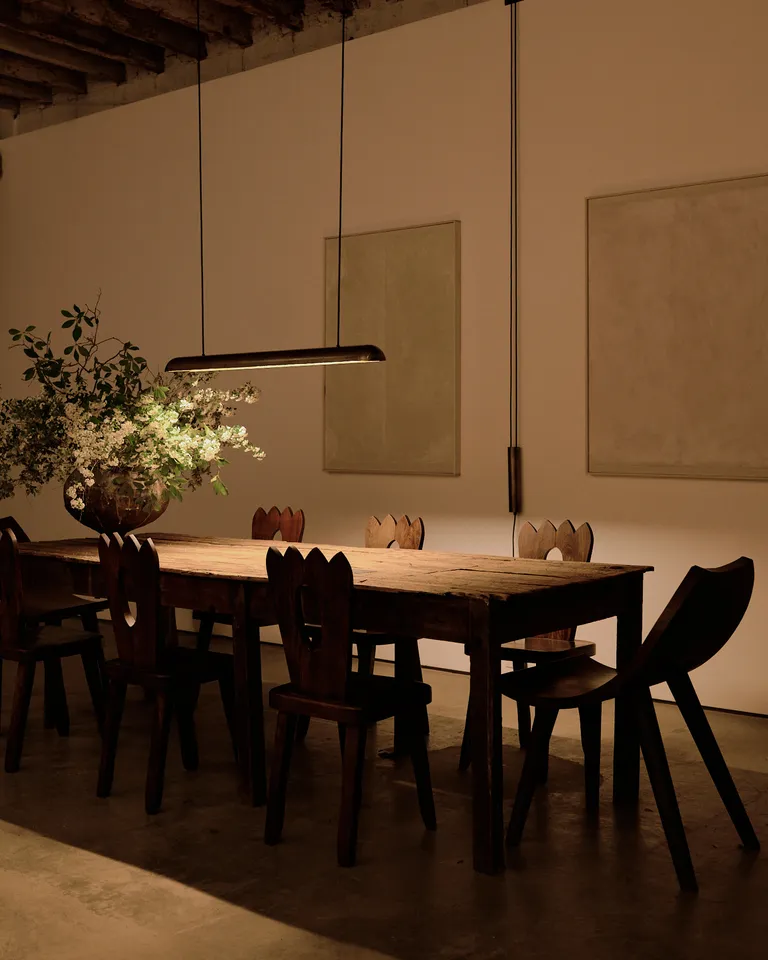
While Japanese art, design, and traditions have centuries of history behind them, Japanese modernism itself can be seen as a contemporary design movement that emerged in the early 20th century. It’s source, like that of many revolutions, came from the struggle to preserve traditional culture in the midst of a rapid industrialization and Westernization. Instead of replacing one with the other, elements of both became synthesized so that today we can admire them in the clean lines, neutral colors, and traditional materials like wood, paper, and stone which harmonize perfectly with today’s functional and tranquil living environments.
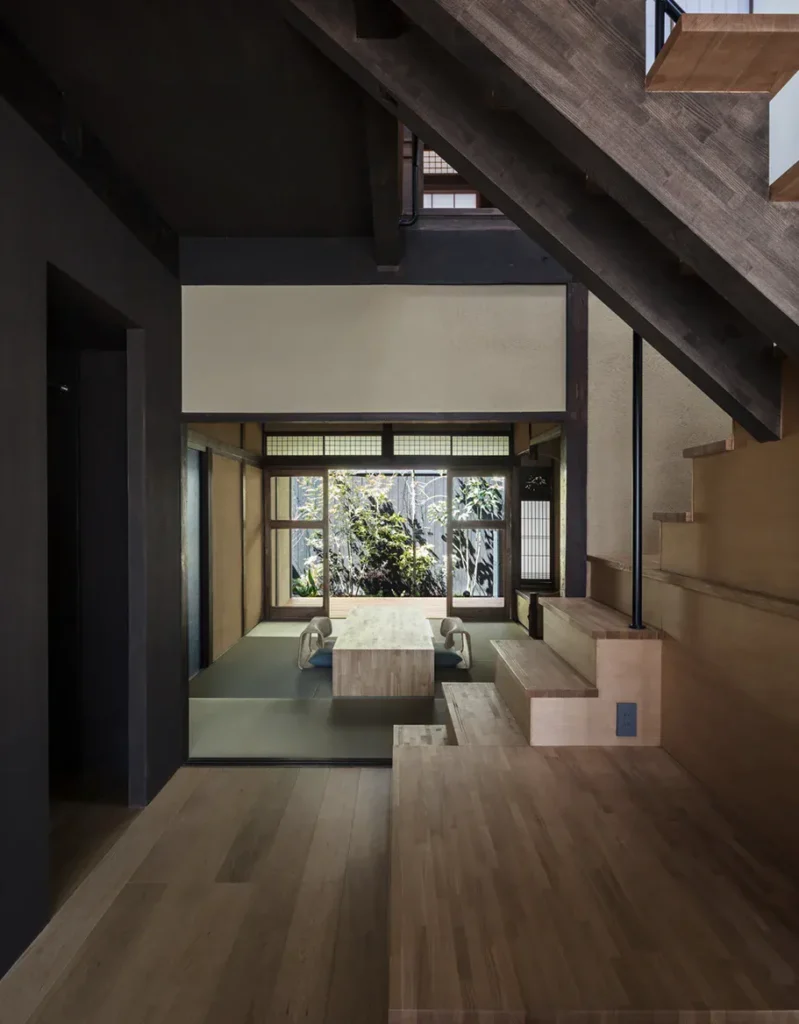
Incorporating Japanese modernism at home
The first lesson that Japanese modernism has to teach us is to remove all distractions from our minds as well as our eyes. To achieve this one can turn to a minimalist approach center fin simplicity and clean lines that allow the quality of materials and the arrangement of pieces to stand out. For instance, we can observe this is a living room composed of a low-profile sofa with straight lines and comfortable upholstery paired with a simple wooden or stone coffee table. The surrounding wall decoration should be kept to a minimum, not forgetting to use sleek and bare lighting fixtures. No design can be too simple as long as the materials and furniture can showcase its genuine craftsmanship.

Seeking natural materials
Natural materials carry with them a timeless aesthetic that results from their long history and link to the earth. Unlike industrial elements such as plastics, concrete, or copper, organic materials reflect a genuine warmth and showcase the signs of their craftsmen. Therefore, in the design approach we are focusing on today, we encourage you to embellish your interior with light-colored wood for flooring or furniture and the raw textures of stone countertops and bamboo blinds.
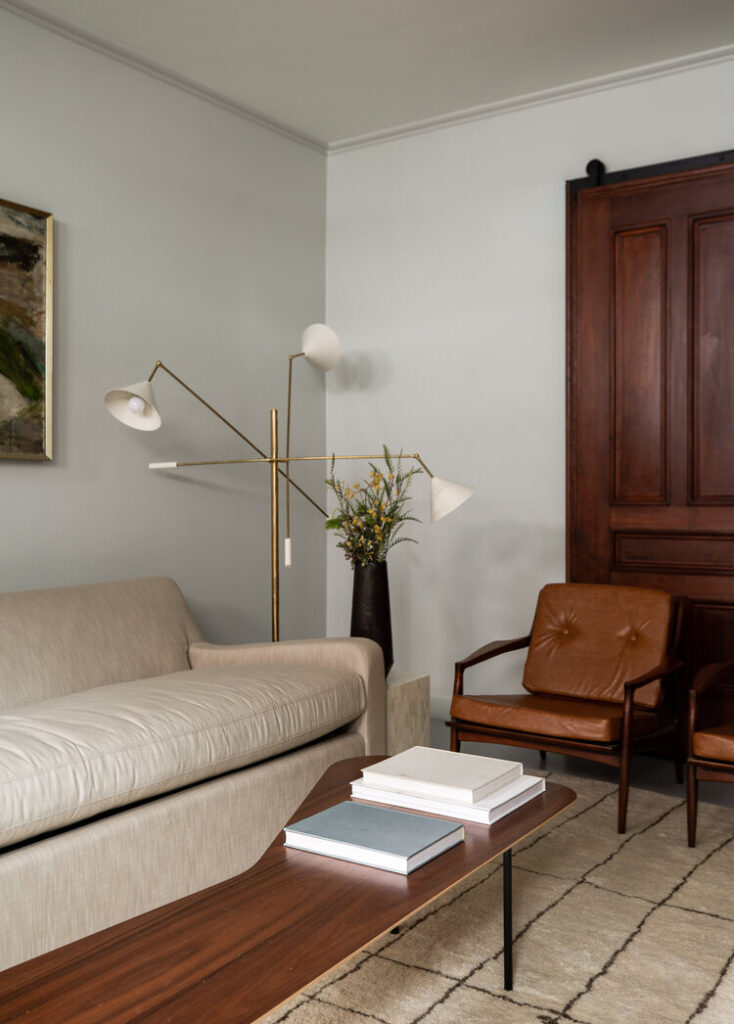
Wrapping rooms in shoji screens and tatami mats
Among the most representative factors of a traditional Japanese interior, one can immediately conjure to mind the delicate shoji screens and tatami mats that create a serene ambience. Shoji screens can be easily incorporates as sliding doors or room dividers allowing soft, diffused light to filter through their gaps while retaining a sense of privacy. Meanwhile, tatami mats which are originally part of meditation spaces or tea rooms, can also serve as an area rug in modern interiors seeking comfort in simplicity.

Flexible and open layouts
Japanese modernism is the expert style at creating flexible spaces as they can easily tap into the beauty of fusuma sliding doors or byobu screens. Both means form a delicate and decorative separation between rooms whiteout keeping each area completely distanced from each other. The same features can also be combined with oversized windows and verandas to create a further perception of openness and allowing natural light to filter through their partitions. In addition, we can also allow further of our surroundings to merge into our decor by keeping our window coverings simple with bamboo blinds or light fabric curtains with an airy appeal.
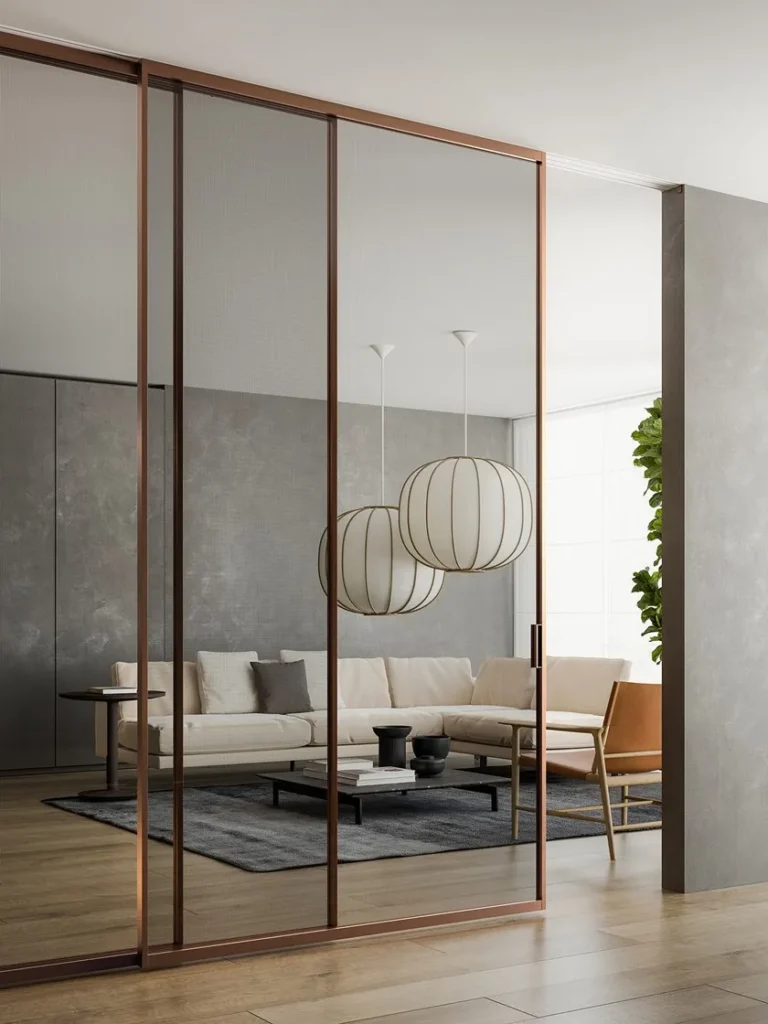
The influence of Zen
As we open our interiors to the outdoor natural beauty and sense of tranquility, we can take a step further and display traditional Japanese Ikebana flower arrangements and Bonsai trees which have a serene element in their own. Each flower from the carefully selected ikebana can convey a particular feeling or emotion besides becoming a focal point in your interior. Meanwhile, a Bonsai can give you the opportunity to create a Zen-like sense of tranquility that can also be recreated with a small indoor garden of carefully arranged rocks and raked sand.
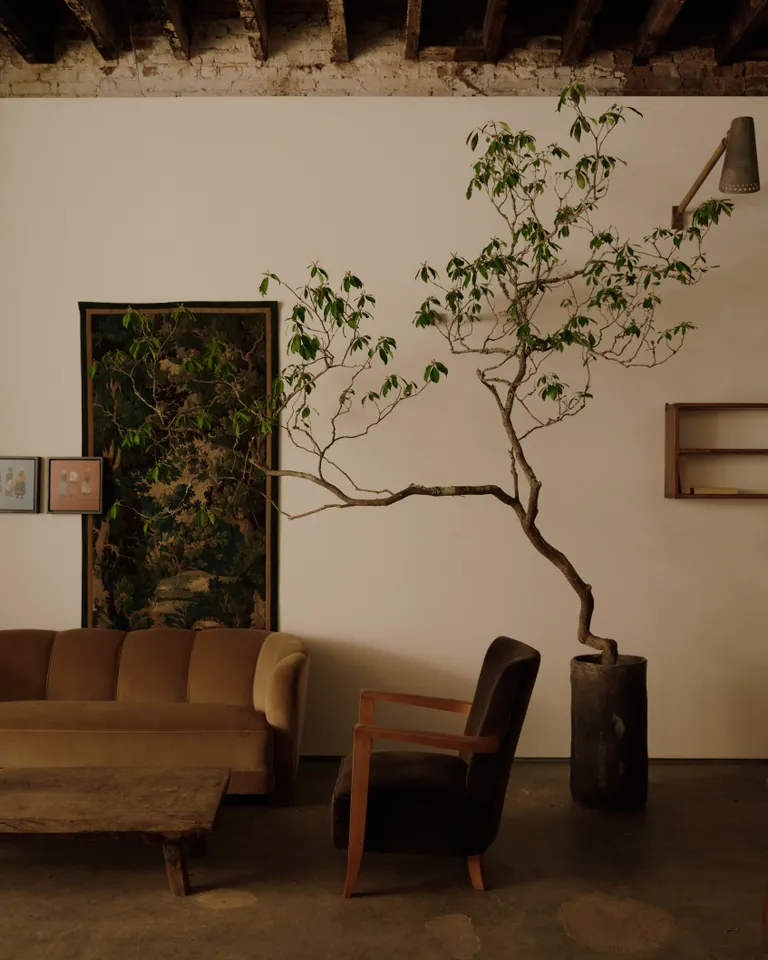
The art of Kintsugi
In recognizing that beauty is not perfect, the Japanese Wabi-Sabi philosophy celebrates the transitional quality and imperfections that other designs might attempt to hide. A decor inspired by this vision of the world can highlight the unique appeal of worn and weathered materials such as lined wooden furniture or distressed metal accents that form part of decor. Moreover, when talking about the art of embracing imperfections, we must also take a look at the practice of Kintsugi which repairs the shattered or scraped sections of objects with gold or silver. This is a creative tactic of displaying uncommon objects or even flooring and wallpaper that have been given a second chance to adorn our homes.

Efficient and organized spaces
Besides simplicity and functionality, Japanese modernism also praises practicality and organization. Think of a traditional tatami-style dining table that can fold itself or a chabudai (short legged table) which save up space while creating a beautiful arrangement when displayed. To retain this well-balanced composition it is important to build a clutter-free environment by organizing belongings in minimalist storage solutions such as built-in cabinets or hidden storage under a platform bed. Considering the impact of our surroundings on our mood and emotional responses, maintaining a calm and clear space is already one way of ensuring our peace of mind during the start and end of our day.

What can we learn from it
Japanese modernism has many lessons and advice to teach us about the power of simplicity, the importance of balance, and the innate connection to nature in interior design. Through the approaches we have described, we can create spaces that inspire serenity and mindfulness as we piece together how each element’s purpose is connected to a bigger picture. Most importantly, this design approach demonstrates how one culture’s heritage can be integrated into contemporary design and become a timeless element in every society.
